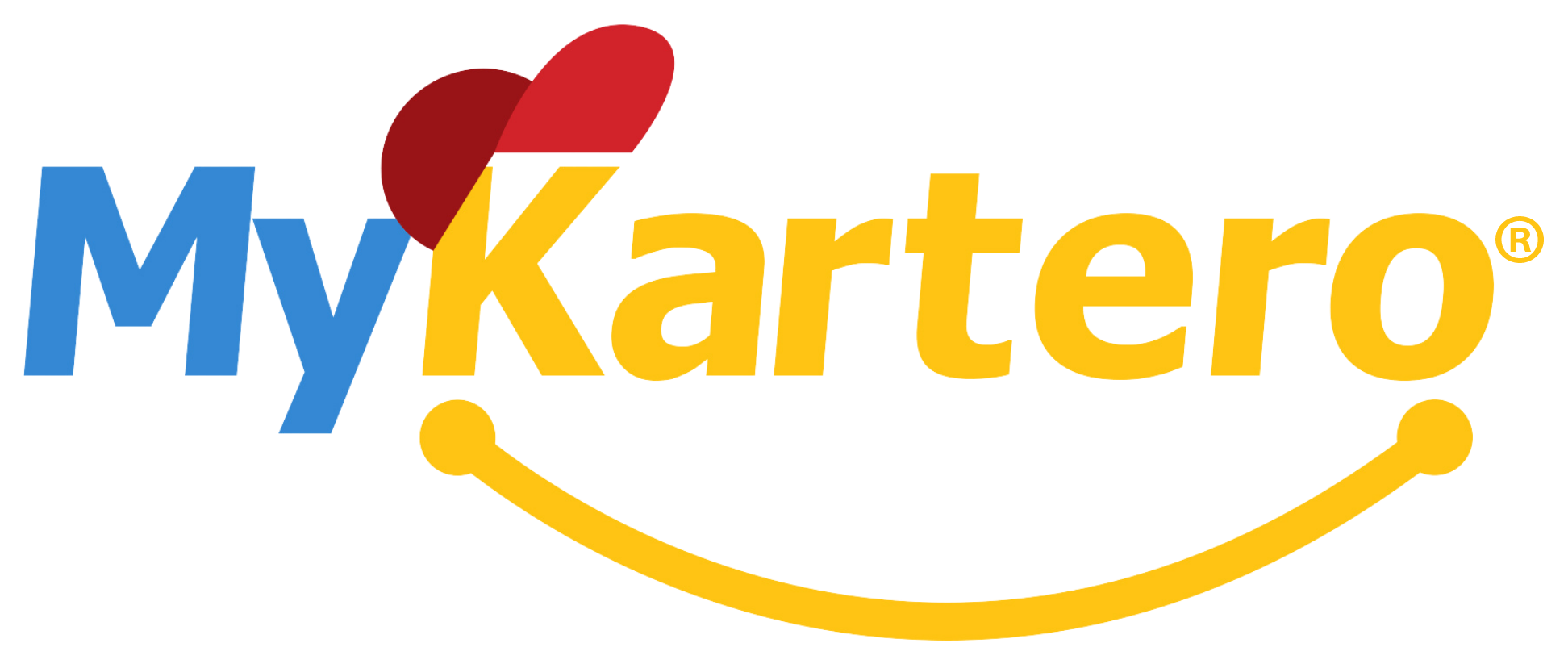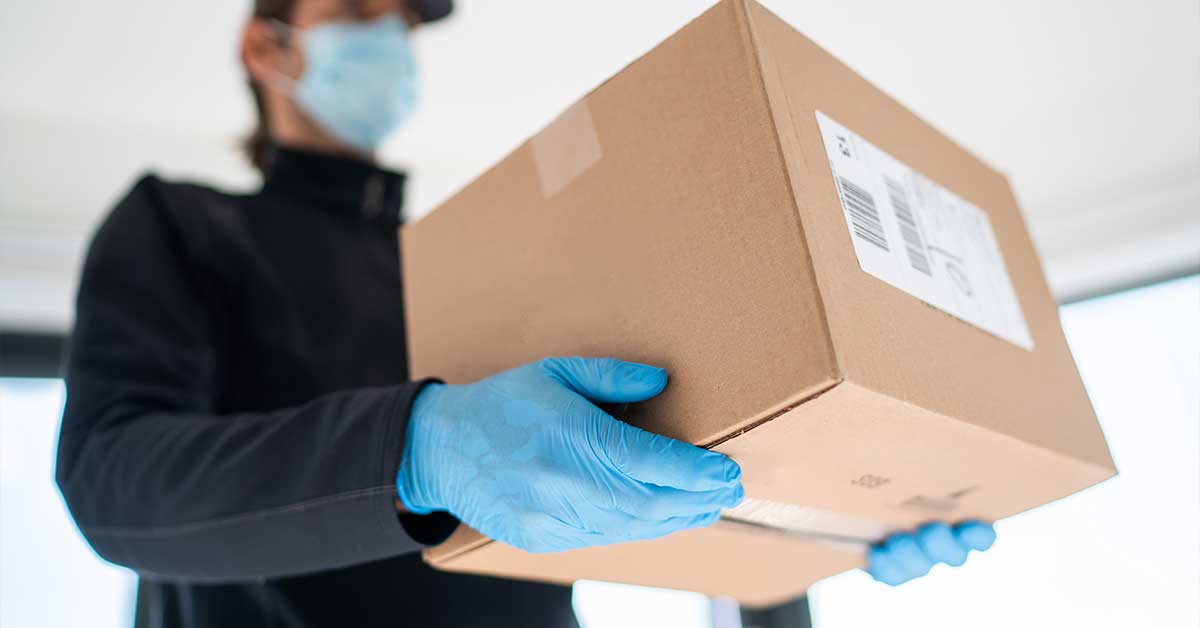
Ecommerce Shipping Tips and Guides Every Beginner Should Know
Ecommerce shipping opens a whole new world of growth opportunities for businesses, especially if you’re gunning to go beyond your domestic area and reach out beyond local borders.
However, this important step in your business is also one of the most challenging ones to handle, especially because for most entrepreneurs, it’s one that they have the least control over– with third-party providers mostly the ones taking care of the shipping and fulfillment.
Still, with this step being one that affects customer opinion about your business, it’s important that you try to streamline your processes as much as you can. In this article, we will talk about eCommerce shipping tips that can help you take your business to the next level of shipment processing.

1. Choose the shipping and fulfillment method that works for you
You have three options for this: self-fulfillment, third-party logistics or 3PL, and dropshipping. With self-fulfillment, you’ll be the one to take care of everything, from packing your items to delivering them to your customers.
Many start-ups that are still testing their launch to a limited area choose to use this model because it is less costly. However, it is suggested that you turn over these responsibilities for better management once your business grows.
3PL, on the other hand, is a common fulfillment method chosen by mid to large-sized businesses. From its name, you get a third-party logistics provider to store your inventory and pack and deliver the items for you. However, these providers only offer warehousing and shipping, which means that they do not own your products.
Dropshipping, finally, is a shipping fulfillment model that involves you as an entrepreneur purchasing a product owned by a manufacturer or wholesaler. The way this works is that you are the one who takes care of the selling by putting up a store, but your inventory is still being kept by your contact manufacturer. Every time a customer orders from you, you simply pass on the request to the wholesaler who will then take care of the packing and shipping for your customer.

2. Take a look at your margins
Any entrepreneur knows how important considering your profit margins is when it comes to strategizing for your business. Since shipping and fulfillment take considerable expense, you must always go back to your profit margins as a reference to make sure that you are not losing money just to move your products around.

3. Identify your eCommerce shipping options
A good eCommerce shipping tip is to always give your shoppers alternatives on how they want to receive their items, but you have to be mindful when strategizing the options that you offer. For example, providing free shipping for eCommerce means that the cost for that will have to be shouldered by someone, so you either have to choose on whether you need to increase the price of your items, pay for it yourself, or simply offer this for a ceiling amount order.
Again, go back to your profit margins to see how much you can move and adjust when it comes to this aspect.

4. Choose the right packaging
Packaging plays a very big role in gaining the attention of your shoppers. If you have the extra budget, you can always go for fancier designs that can keep the attention of your buyers or add inserts for possible upsell.
However, if you’re planning to keep to the basics, you have to check with your provider the types of packaging they offer and see which one can keep your items intact during the transport. Of course, you should never forget to consider your cost, too. Boxes, for example, cost more than a simple envelope or poly containers.

5. Don’t forget the shipping cost
One of the many challenges of eCommerce shipping is that it can be expensive, especially if you’re sending products across borders. The farther the origin of the product is to the destination, the more money it will cost you, so before you even open the options of global shipping, it’s best if you check which countries you’re willing to service first. More than the cost of the fulfillment itself, you have to add the cost of insurance, too, another important factor that goes hand in hand with shipping models.
Ecommerce shipping and fulfillment is challenging, but as much as you want to make everything turn out perfectly, you only ever have limited control over it, especially if you’re outsourcing this part of your business to third-party providers. Therefore, it is important at the end of the day to find a shipping partner that can help fulfill your needs as a business as well as meet the expectations of your customers.
That is something that we can promise here at MyKartero, with our services that are specifically designed for eCommerce businesses. Not only do we have flexible costs for shipping, but we also have a shorter turnaround time of deliveries to ensure customer satisfaction.
We also have an easy-to-use system for tracking that gives you a quick birds-eye view of all your orders. Want to try our services now? Head to this link to have your first shipment with us!





